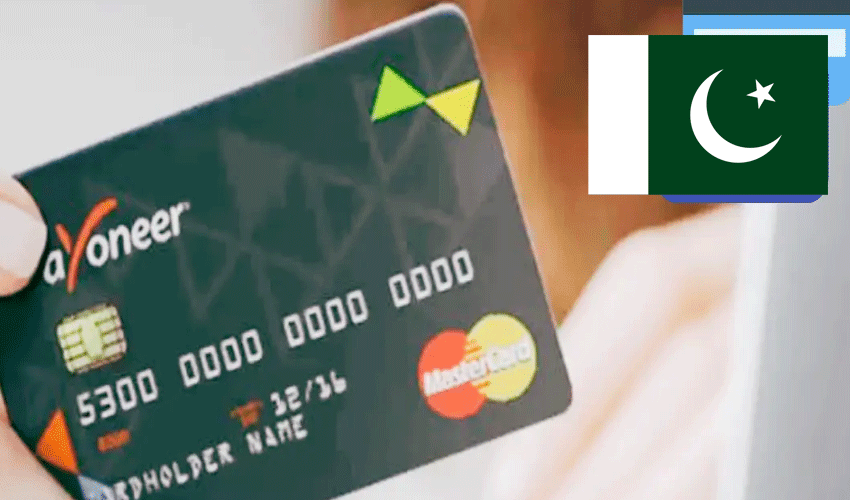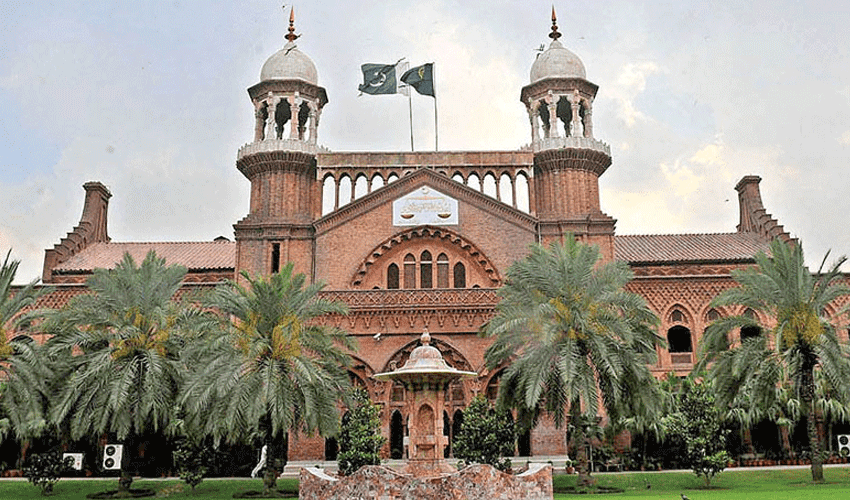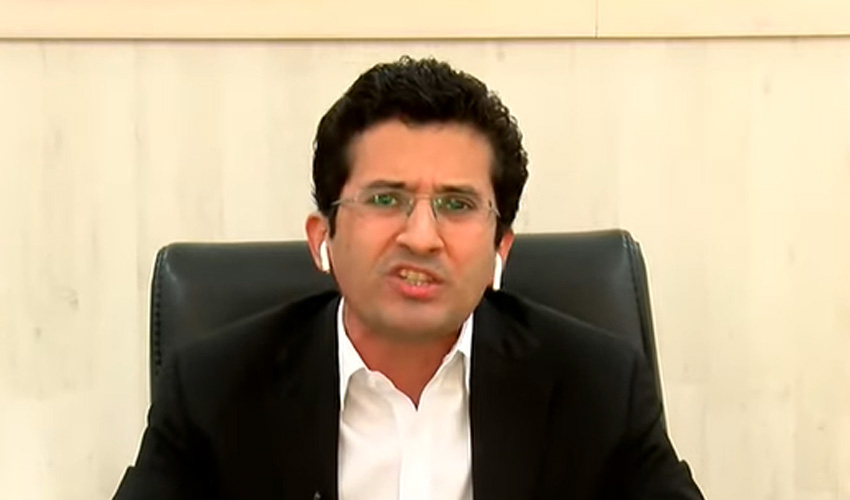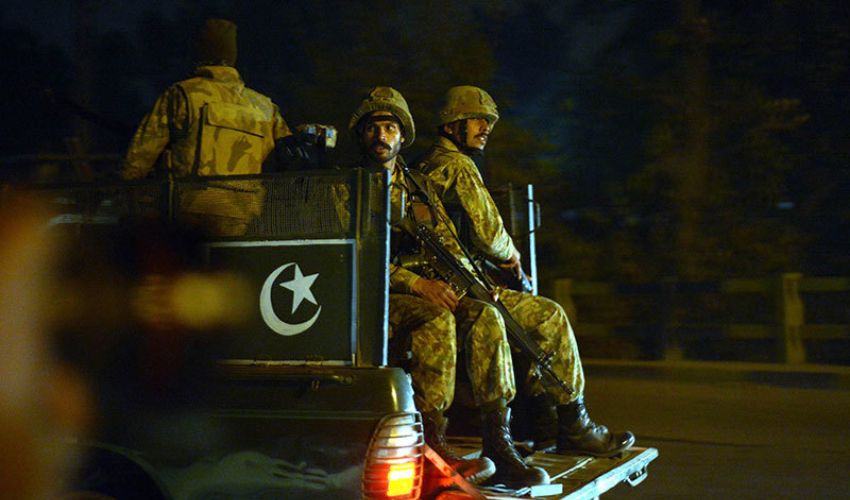The name of India has been a subject of debate for many years, with some people arguing that the country should be called Bharat instead.
The government of India has used the Sanskrit word "Bharat" instead of "India" in the invitation sent to guests attending the G20 summit. This has led to speculation that the government might officially change the name of the country to Bharat.
In the invitation, Droupadi Murmu, the President of India, is referred to as the "President of Bharat". This is the first time that the government has used the word "Bharat" in an official document.
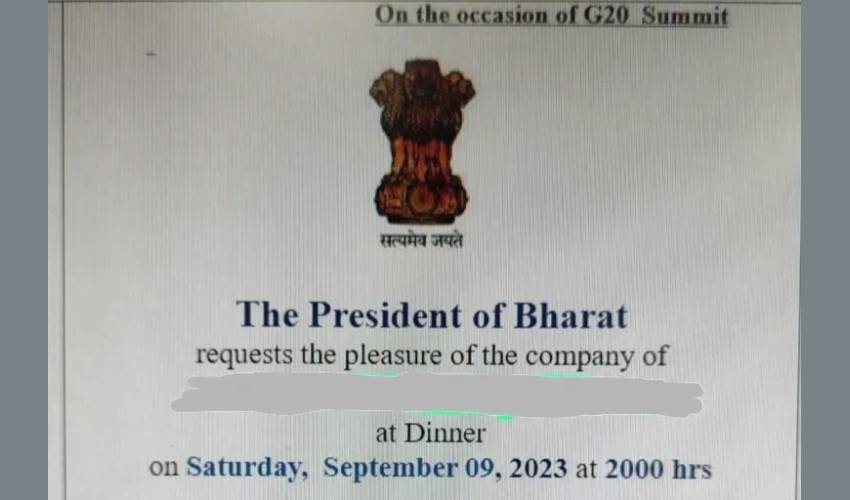
The issue was first debated in the Constituent Assembly, which was the group of people who drafted the Indian constitution.
The assembly considered several names for the country, including Bharat, India, Hindustan, and Aryavarta.
In the end, they decided to use the name "India, that is, Bharat".
However, the name Bharat was not used in any other provision of the Indian constitution, except for Article 1.
The Preamble to the constitution of India - which is a brief introductory statement that sets out the guiding purpose and principles of the document - also refers to "We the People of India".
It was adopted on 26 November 1949 by the Constituent Assembly of India and came into effect on 26 January 1950.
In 2020, the Indian supreme court dismissed a public interest litigation (PIL) seeking a name change.
The apex court said that the name "India" is already mentioned in the constitution and that there is no need to change it.
BJP backs name change
Officials from the right-wing Bharatiya Janata Party (BJP) of Prime Minister Narendra Modi have expressed support for changing the name of India to Bharat.
The BJP officials believe that the name "India" was introduced by the British colonialists and is a reminder of the country's colonial past. The British ruled India for about 200 years, until the country gained independence in 1947.
The BJP officials argue that the name "Bharat" is more ancient and reflects the country's rich history and culture.
The word "Bharat" is derived from the Sanskrit word "Bharata," which means "of the Bharata clan" which was a powerful clan in ancient India.
But . . .
However, in 2015, BJP-led centre had told the supreme court that there was no need to change the name of the country.
The centre said that the issue had been debated extensively by the Constituent Assembly and that the name "India, that is, Bharat" was adopted unanimously.
The centre also pointed out that the name Bharat did not figure in the original draft of the constitution and that it was during the debates that the Constituent Assembly considered names and formulations such as Bharat, Bharatbhumi, Bharatvarsh, India that is Bharat, and Bharat that is India.
In 2004, the Uttar Pradesh Assembly passed a resolution that the constitution must be amended to say "Bharat, that is India", instead of "India, that is Bharat".
However, the resolution was not passed as the BJP, which was in the opposition, walked out of the assembly before the vote.
Names of states can be changed
Meanwhile, the names of villages, towns, railway stations, etc. in India can be changed under revenue laws of the state. However, a change in the name of a state requires a change in the constitution.
Articles 2 and 3 of the constitution which list out the names of the states in the Union can be changed with a simple majority.
- In 2011, Orissa was renamed Odisha
- In 2007, Uttaranchal was renamed Uttarakhand
- In 1973, Mysore was renamed Karnataka
- In 1969, Madras state was renamed Tamil Nadu
However, in Tamil Nadu and Odisha, the high courts have continued to retain the old names of the state.










